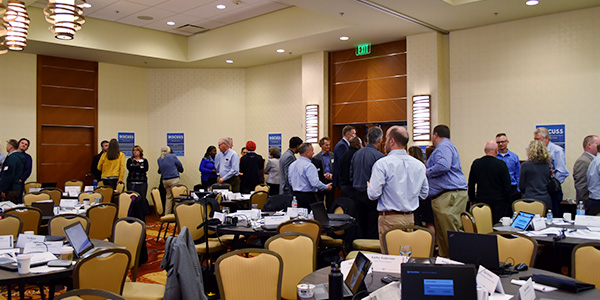WECC Should Keep it Regional, Stakeholders Say
Feb 28, 2020
|
WECC should zero in on issues specific to the Western system when it sets near-term priorities for 2021 and 2022, stakeholders said at a workshop.




